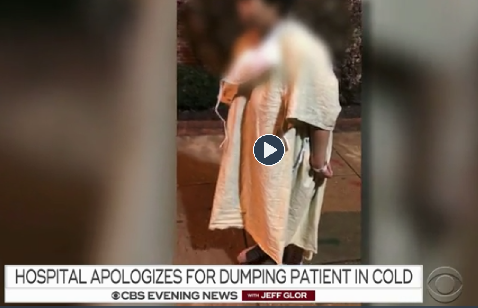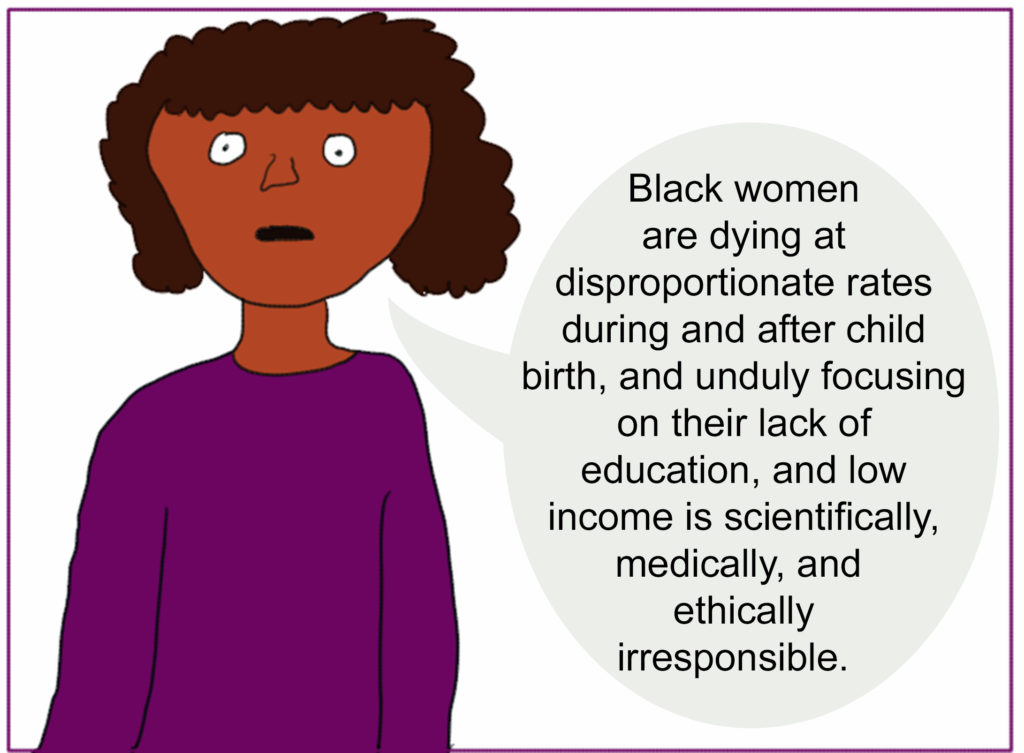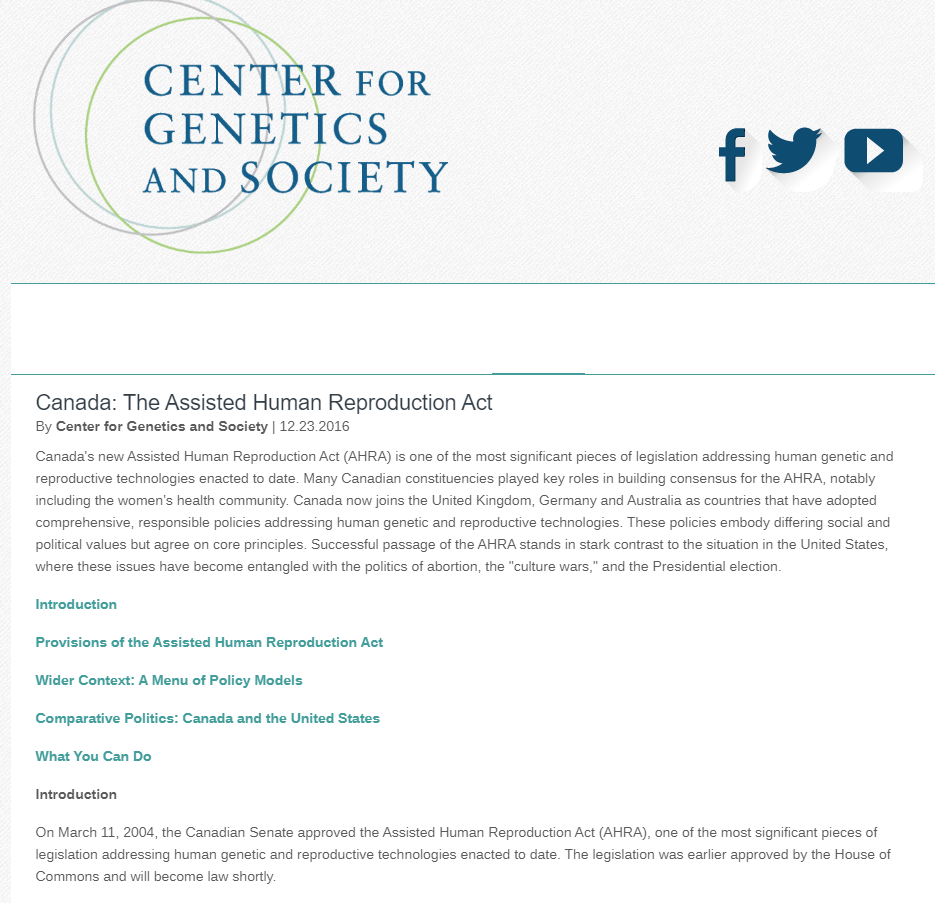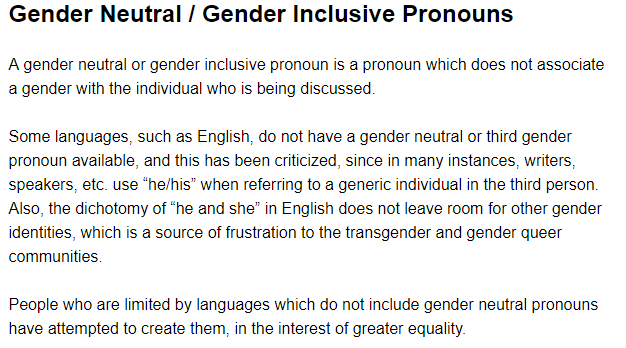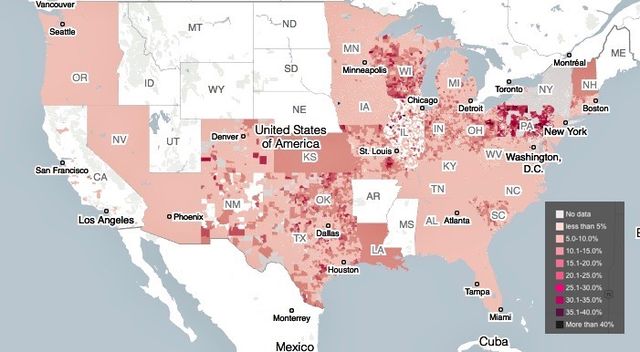Editor’s Note: This blog entry is part of our miniseries on conscientious objection including the Editor’s introduction and blog entries by Ruth Groenhout and Karey Harwood on this subject.
The newly formed Conscience and Religious Freedom Division of the Office for Civil Rights in HHS raises a host of questions that should be considered from multiple angles. I want to address this issue as a clinical ethics consultant who has been involved in conscientious objection (CO) policy discussions at multiple hospitals in different locations in the U.S. I have also served on Healthcare Equality Index initiatives and trained hundreds of staff on ethical care for LGBTQ+ patients. Because my experiences are in acute care hospitals, I will not comment directly on the ethically urgent issues that arise in other contexts, such as EMS and fertility clinics.
It is worth noting some important ambiguities and unknowns related to this Division’s role and powers. Based on the Division’s website and their recent press release, the Division will evidently force hospitals to give protections to healthcare professionals (HCPs) who claim CO, which could mean that HCPs cannot be fired for refusing to provide care to certain patients on the basis of conscience or religious conviction. It is unclear how much flexibility hospitals will have in training staff and promising protections for patients. For example, the Division welcomes complaints from HCPs who “feel pressured by employers to ‘perform, accommodate or assist with’ procedures that violate their beliefs.” Depending on what is meant by “pressuring,” hospitals could be tightly restricted in how they train staff on LGBTQ+ patient care, legal abortion care, or potentially other areas of cultural competence. Additionally, hospitals might not be permitted to ask staff to make reasonable referrals inside or outside the institution when they invoke CO, or even train staff on how to make such referrals, since doing so would presumably pressure them to accommodate patient requests.
A hospital should be a safe space for anyone to receive care, period. A hospital should actively take steps to ensure that they are not rendering patients vulnerable or compounding their vulnerability. Continue reading





